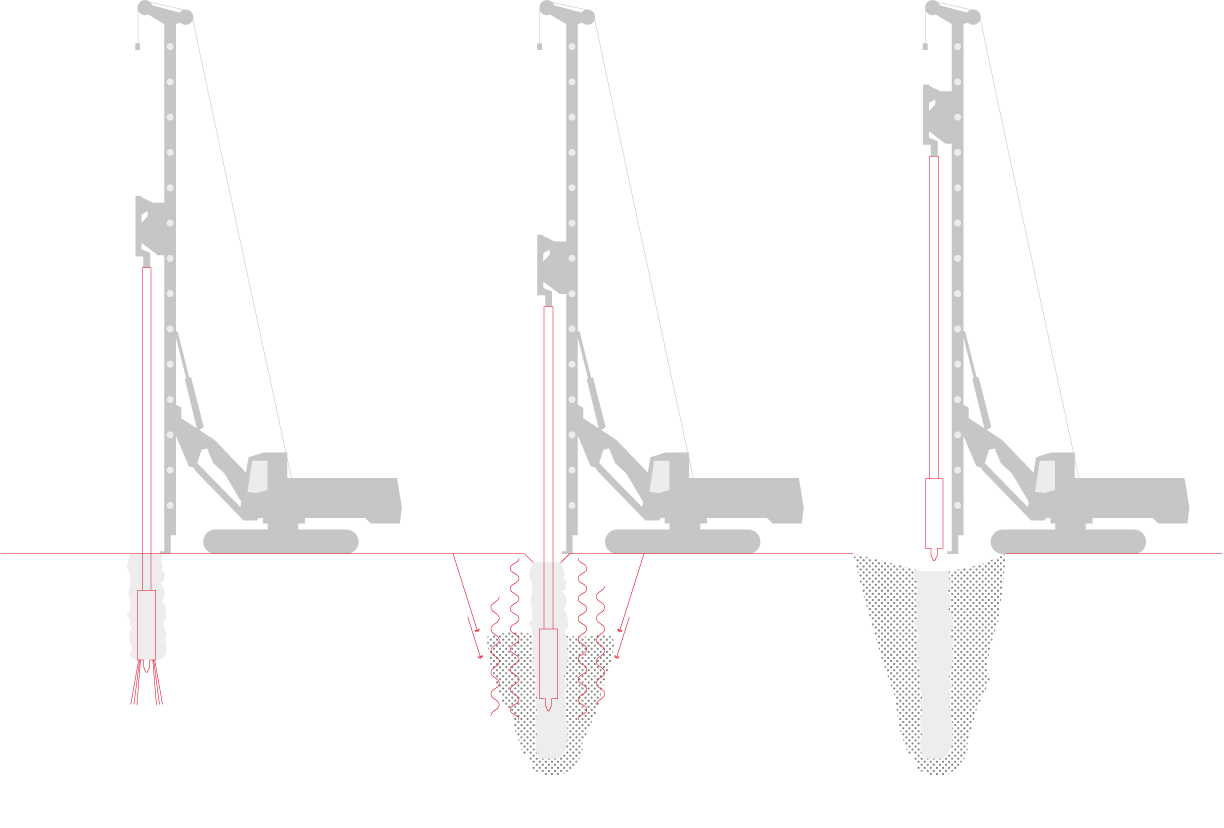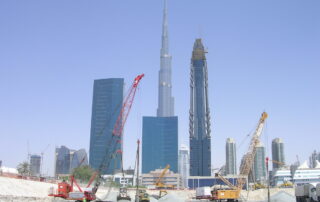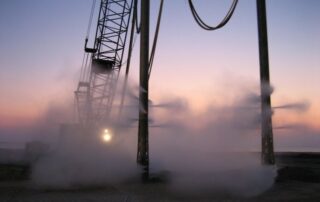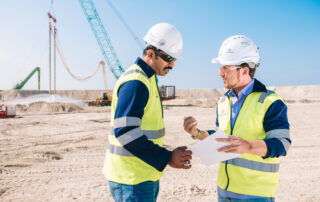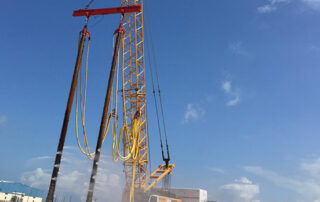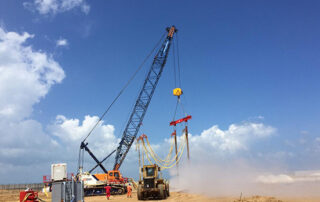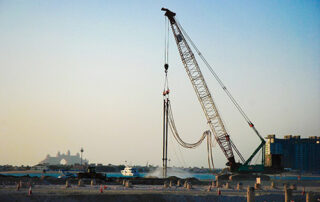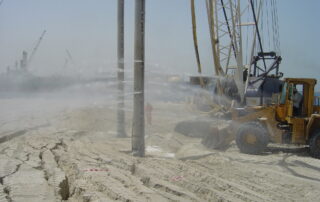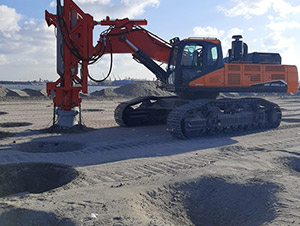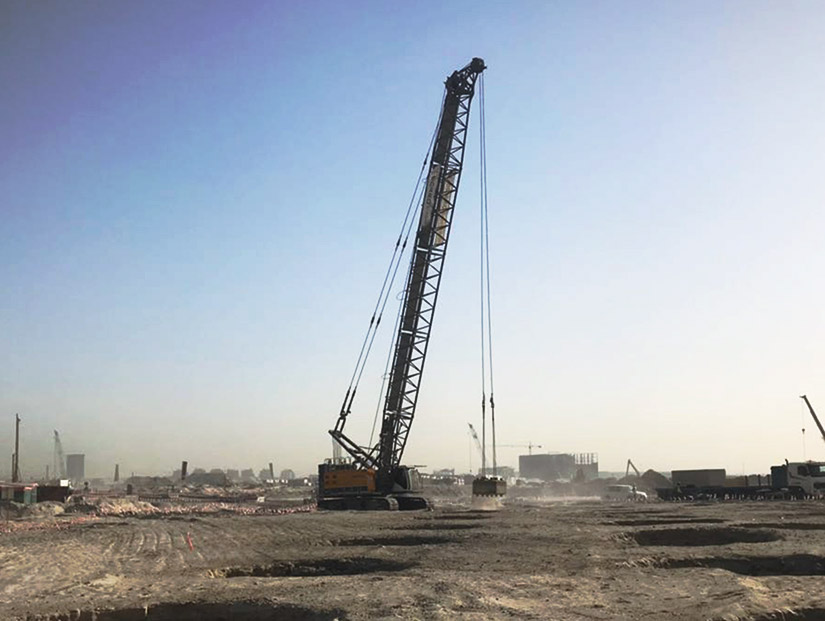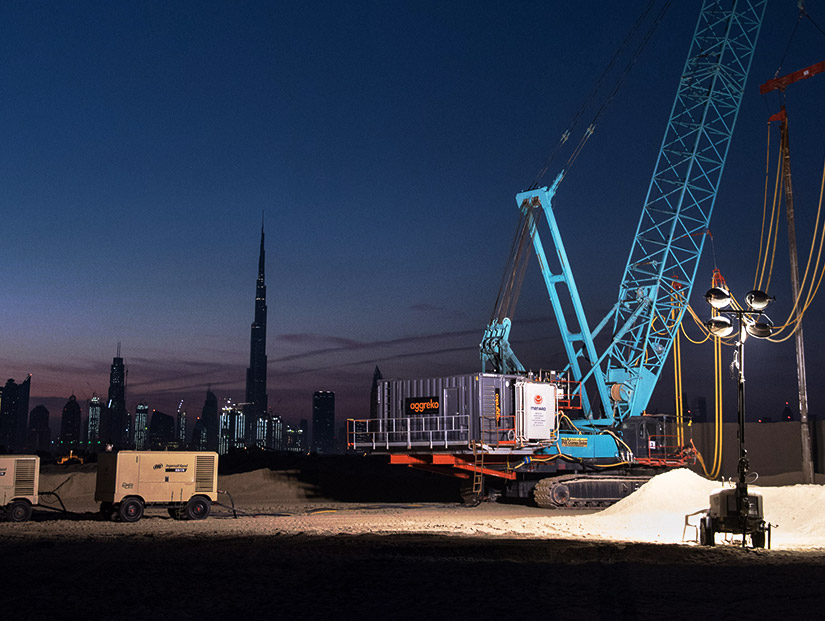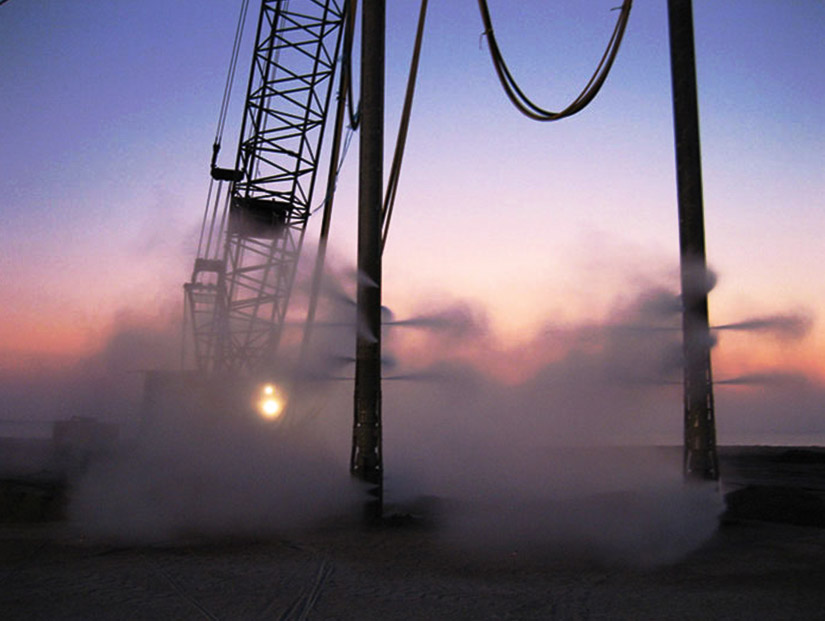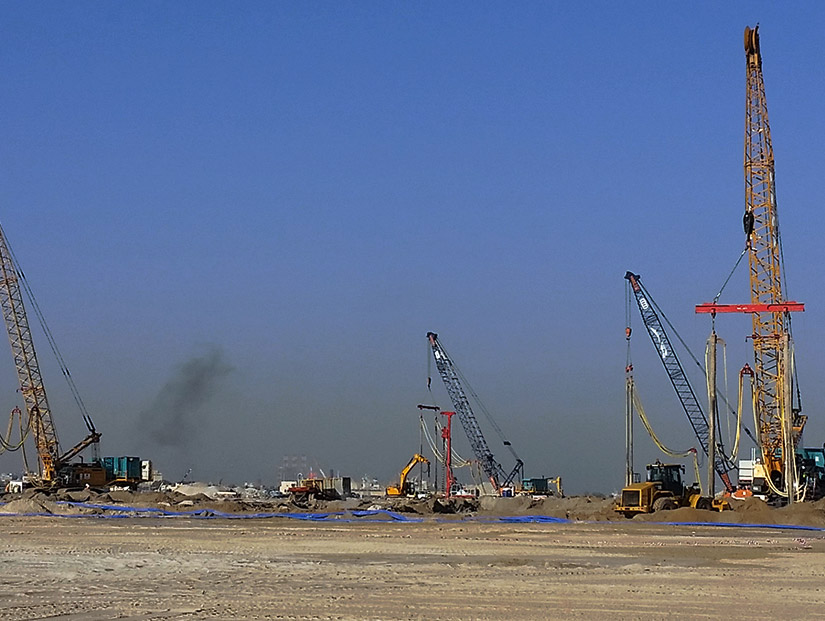Densify Loose Soil with Vibrocompaction: A Ground Improvement Technique
Vibrocompaction is a ground improvement technique that densifies the soil by shaking it with a vibro probe.

Vibro Compaction Technique
Vibro Compaction is a ground improvement technique. Loose soil or fill can be compacted at depth through insertion of vibrating probes together with a large volume of water to generate localized liquefaction of the soil. This enables the particles to rearrange themselves in a denser formation and thus increases the overall density of the soil.
Advantages of Vibro Compaction
The use of a vibrating probe makes it possible to reach large depths compared to compaction carried out at the surface (dynamic, rapid impact). Vibro Compaction relies on overburden pressure of soils above the treatment level (included collapse) therefore it is not very effective in the top two meters of soil generally due to a lack of vertical confinement.
Applications of Vibro Compaction
This technique is usually employed to stabilise or treat hydraulic fill, for example to prevent liquefaction or limit thrust behind quay walls.
Vibrocompaction FAQs
The initial trial area defines the value precisely, but as a general rule, vibrocompaction of fill placed hydraulically generates settlement amounting to 7 to 10% of the height of the soil treated.
